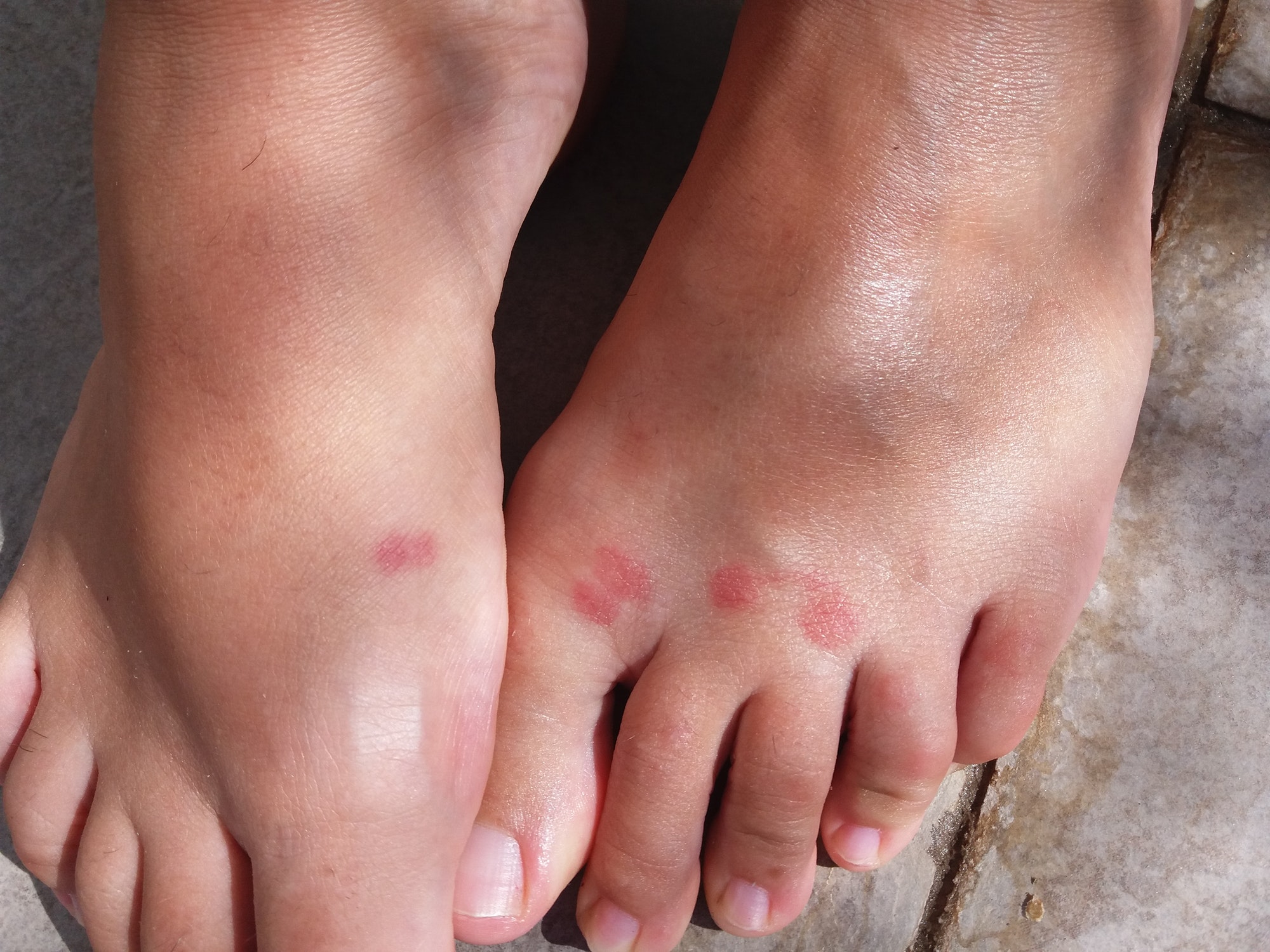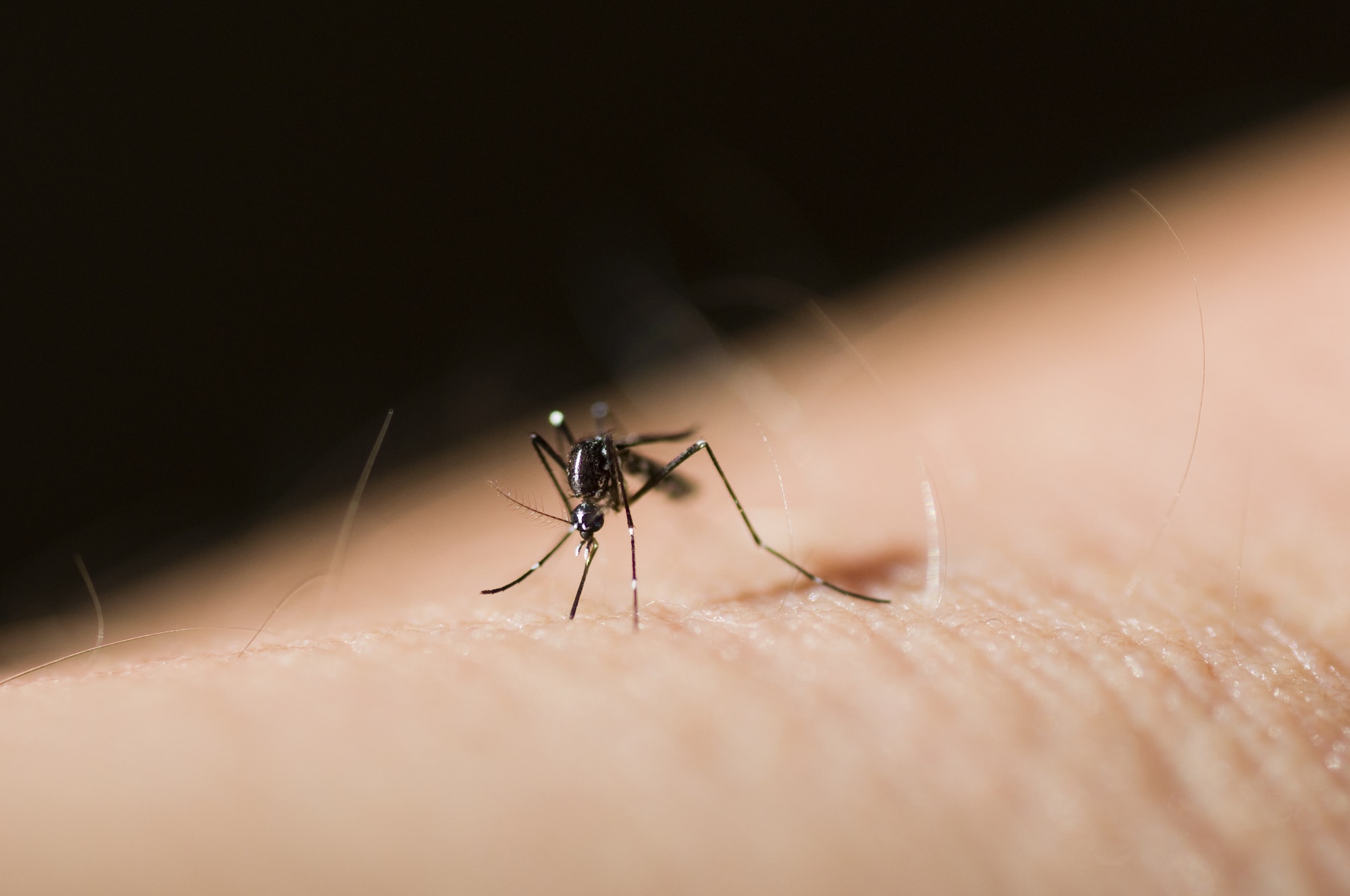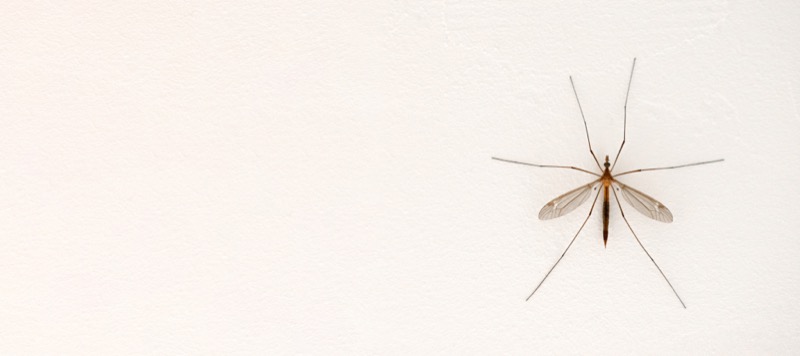Top Mosquito-Borne illnesses in The U.S
Mosquitos: One of America’s Deadliest Threats
In the U.S., as of August 2019, the West Nile virus was the most common mosquito-borne disease, followed by malaria and dengue (CDC). Mosquitos are vectors which means that they can spread diseases between animals and humans. Infections like those listed above are often carried through blood and transmitted to the mosquito, only for it to pass it along to its next host.
Why are mosquitos so dangerous? For centuries mosquitos have spread disease almost like a plague. Some may remember the Zika virus outbreaks from 2016, and the resulting thousands of birth defects and almost a hundred infant deaths across the world.

Luckily the Zika virus was not fatal despite severely impacting pregnant hosts, but the same can not be said about West Nile, malaria, and dengue. Between just these three “newer” viruses they have caused almost half a million deaths.
Overall, mosquitos cause 750,000 deaths a year, making them the deadliest being on the planet. In comparison, humans cause just 440,000 deaths a year (ISGLOBAL).
The West Nile Virus
The West Nile virus (WNV) is currently the leading cause of mosquito-borne disease in the U.S. Most of the people who are infected (4/5) will show no symptoms, but 1/150 will develop serious and sometimes fatal illness (CDC). Individual mosquitos become infected with WNV when feeding on infected birds; they can then spread the virus by biting animals and humans. The virus has also been spread from mother to baby (via pregnancy, delivery, and breastfeeding) and through blood/organ donation, though this method of transmission is rare. From 2001 to 2002 U.S. cases spiked from 66 to 4,156 and then peaked in 2003 with a total of 9,862 cases for the year. From 1999 to 2018 there have been 50,830 U.S. WNV cases reported to the CDC. In this same timeframe there have been 2,330 American deaths. There is still no vaccine or specific treatment for the West Nile virus (CDC).

Malaria
Malaria, also spread by mosquitos, is caused by a parasite. Infected humans experience fever, chills, and other flu-like symptoms. When left untreated infected humans can develop severe complications including death. In 2018, it was estimated that 228 million cases occurred worldwide, and 405,000 people were killed (mainly children in Africa. Most cases in the U.S. are brought on by travelers returning from (mainly) sub-Saharan Africa and South Asia. Certain antimalarial drugs do exist as far as treatment, but factors like age, weight and pregnancy can limit available options. The U.S. once greatly suffered from malaria but by 1951 it was declared eliminated (CDC). Before the 1880s it was a very prevalent disease, affecting the populated regions in the U.S. (NCBI). Today 1,500 malaria cases and 5 deaths are reported annually in the U.S. (CDC).in 1947. In 2014, a case of the Zika virus was discovered on the coast of South America. Since then, the Zika virus has been detected in 35 countries across the Americas. Though there is no record of Zika spreading among communities in the United States, there have been about 600 cases in the US due to travel to endemic areas. The effects are usually mild, though a pregnant woman with the Zika virus could experience severe birth defects with their babies. The baby will often be born with a smaller brain or skull size.
Dengue
Dengue viruses are common in more than 100 countries, and 40% (about 3 billion) of the world’s population live in areas with a high risk. Dengue virus disease became nationally notifiable in 2010 and in 2019 there were 1,203 reported cases in the states. Worldwide 22,000 die from severe dengue, with a case fatality rate of 0.021%. The most common symptoms are fever, nausea, a characteristic rash, aches and pains, and eye pain specifically. Blood donors are also screened for dengue (CDC).
Despite the West Nile Virus being the leading mosquito-borne illness in the U.S., on a global scale Malaria is currently the largest threat, killing hundreds of thousands every year. Mosquitos lay eggs in standing water, and are thus less prevalent in hot, dry areas. Travelers or anyone in an area with large mosquito populations or outbreaks of mosquito-spread disease are advised to use mosquito repellent sprays and cover as much exposed skin as possible. While these diseases are a very real threat, scientists are finding new ways to eradicate the most invasive species and main carrier of disease, the Asian tiger mosquito or Aedes albopictus (Science Alert).
Author: Ezra Glenn
University of Arizona
Sources
- Cassella, Carly. “In Just 2 Years, Scientists Have Effectively Wiped Out Mosquitoes on 2 Chinese Islands.” ScienceAlert, www.sciencealert.com/scientists-effectively-wipe-out-mosquito-populations-of-two-chinese-islands-in-just-two-years.
- “CDC – Malaria – Diagnosis & Treatment (United States).” Centers for Disease Control and Prevention, Centers for Disease Control and Prevention, 18 Oct. 2019, www.cdc.gov/malaria/diagnosis_treatment/index.html
- “CDC – Parasites – Malaria.” Centers for Disease Control and Prevention, Centers for Disease Control and Prevention, 20 Aug. 2020, www.cdc.gov/parasites/malaria/index.html
- Elflein, John. “Topic: Mosquito-Borne Diseases in the U.S.” Statista, www.statista.com/topics/4264/mosquito-borne-diseases-in-the-us/
- “Fighting the World’s Deadliest Animal.” Centers for Disease Control and Prevention, Centers for Disease Control and Prevention, 15 Aug. 2019, www.cdc.gov/globalhealth/stories/world-deadliest-animal.html
- Final Cumulative Maps and Data.” Centers for Disease Control and Prevention, Centers for Disease Control and Prevention, 9 Oct. 2019, www.cdc.gov/westnile/statsmaps/cumMapsData.html
- Hong, Sok Chul. “The Burden of Early Exposure to Malaria in the United States, 1850-1860: Malnutrition and Immune Disorders.” The Journal of Economic History, U.S. National Library of Medicine, Dec. 2007, www.ncbi.nlm.nih.gov/pmc/articles/PMC2600412
- “Mosquito Bites: Symptoms, Causes, Treatments.” Cleveland Clinic, my.clevelandclinic.org/health/diseases/17695-mosquito-bites
- Mosquito-Borne Diseases.” Centers for Disease Control and Prevention, Centers for Disease Control and Prevention, 21 Mar. 2016, www.cdc.gov/niosh/topics/outdoor/mosquito-borne/default.html
- Mosquitoes: World’s Deadliest Animal.” ISGlobal, 18 Aug. 2017, www.isglobal.org/en_GB/-/mosquito-el-animal-mas-letal-del-mundo.
- Statistics and Maps – 2019.” Centers for Disease Control and Prevention, Centers for Disease Control and Prevention, 13 Mar. 2020, www.cdc.gov/dengue/statistics-maps/2019.html
- Symptoms, Diagnosis, & Treatment.” Centers for Disease Control and Prevention, Centers for Disease Control and Prevention, 10 Dec. 2018, www.cdc.gov/westnile/symptoms/index.html








